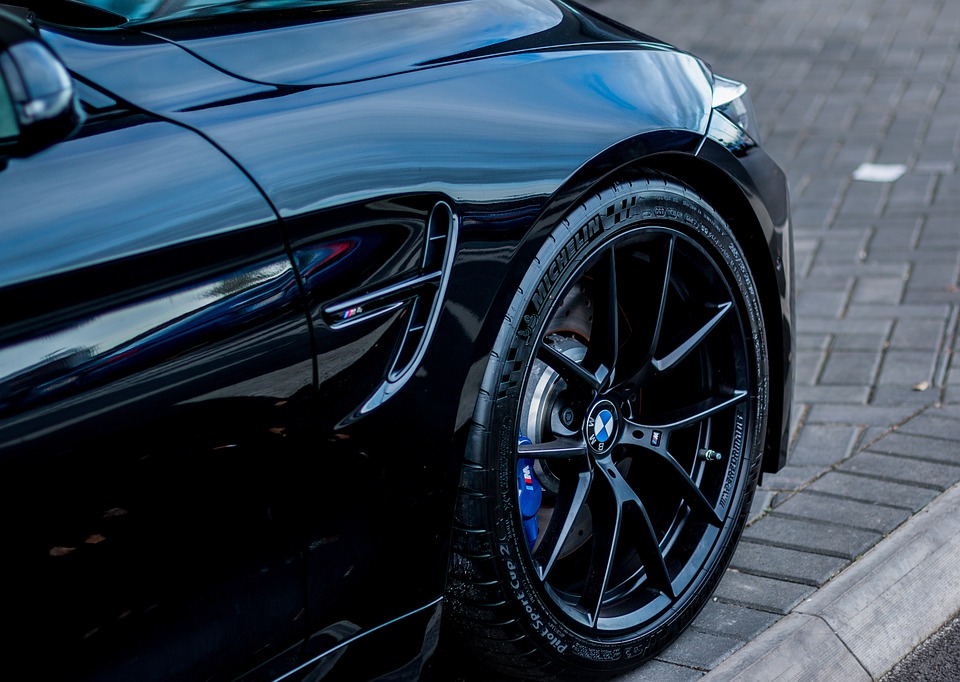Gregory Baltoro 70 Vs 75 – How Can You Improve On a Winner?

The Gregory Baltoro 70 backpack was a proven winner having received the 2008 Backpacker Magazine Editor’s Choice award. The vast majority of the user reviews gave the pack high marks primarily for its comfort, even with heavy loads. Gregory had introduced a new suspension system with this 70 litre model around 2006.
The Winning Ingredients
The Custom Fit Suspension (CFS) and Auto Fit Suspension (AFS) systems are unique to Gregory backpacks and they are used in their larger capacity models. Working together, these special engineering systems made the fit and comfort of the Baltoro 70 a highlight of the pack for users. To describe it in a simplified fashion, the CFS keeps the pack stable under heavy loads (prevents barreling) plus allows a certain amount of flexibility to the hipbelt. The AFS technology allows the shoulder straps and hipbelt to be attached to the back plate in such a way as to allow them to have enough articulation to provide an individualized fit to each person’s shoulder contours and hip angle. Together they keep the weight of the pack centered on the hips and stress off of the shoulders. Along with other technical improvements, this was a real win for the backpacker and for Gregory.
According to early reviews, some of the first models of the Baltoro 70 had quality issues. Buckles broke; shoulder straps and hip belts separated from the back plate and the weight of the pack by itself was heavy. However, these complaints were not numerous and the pack underwent some upgrades. The internal frame was changed to a lighter weight material and it reduced the overall weight of the pack. And by 2008, durability was one of the characteristics users liked most about the pack.
Improving the Winner
But Gregory has not rested on its laurels. Last year, 2011, the highly popular Baltoro 70 was replaced by the Baltoro 75. A risky proposition when you have a proven winner on your hands. The 70 isn’t even listed on Amazon anymore and if you went to Gregory’s website you would see that it is not part of their products listing. A specific search on the site for the 70 will fish it up but the title now includes the qualifying descriptor “old” (Baltoro 70 – old). No doubt you could find it at some of the retail outlets that carry Gregory products but a quick online search of outlets shows the 70 to be on close out or out of stock.
a) Detachable Waist Pack
The new Baltoro 75 is now the inheritor of its predecessor’s much deserved sterling reputation. How can the Baltoro 75 improve on the already popular 70? Well, one of the obvious ways Gregory has intended to improve the Baltoro is with the addition of a detachable waist pack.
One of the biggest complaints of users of the Baltoro 70 was that it had no detachable waist pack that could be used on short excursions from base camp once your destination was achieved. The new Baltoro 75 has a top cover that can be reconfigured and used as a detached waist pack.
b) Additional Capacity
Of course the added capacity expands the useful duration of the Baltoro. Since the Baltoro comes in small, medium and large sizes the addition of 5 litres means that the Baltoro line will just about span the entire 70 litre range. Small being somewhere in the 73L range and the Large reaching up to about the 78L range.
c) Updated Suspension
According to Gregory the suspension system has been updated for even more comfort. Although no specific details are given.
Yet To Be Seen
The other consistent complaint about the Baltoro 70 was the noise. It had a tendency to squeak when you were walking. In some instances the squeak was intermittent but in others it was non-stop. Some users found it to be extremely nerve racking to themselves or to their trekking companions. The jury is still out as to whether this annoyance has been remedied.
So apparently Gregory has determined that you can improve on a winner. You do it by building on its strengths and improving its weaknesses. That is what they have done with the Gregory Baltoro 75 backpack. Pretty sound logic. But in the end, the user will be the deciding factor as to whether it succeeds.





